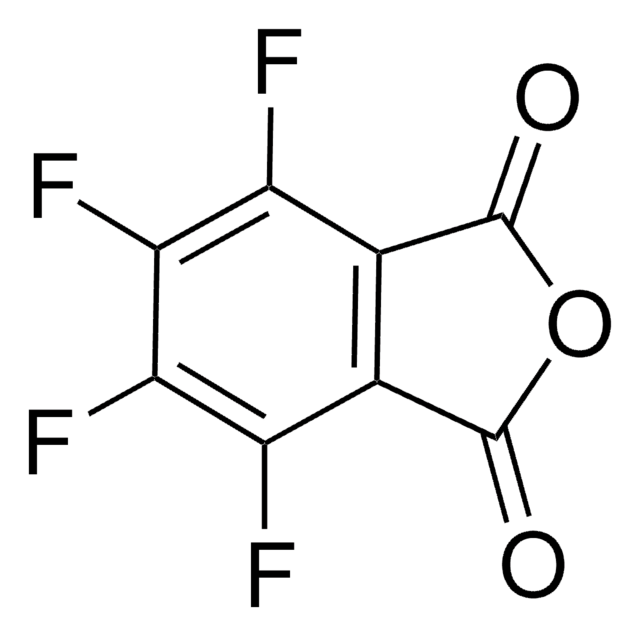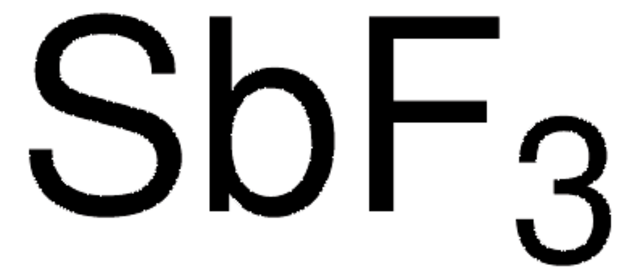339067
Boric acid
99.97% trace metals basis
Synonym(s):
Boracic acid, Borofax
About This Item
Recommended Products
Agency
suitable for SM 5210
vapor pressure
2.6 mmHg ( 20 °C)
Assay
99.97% trace metals basis
form
powder or crystals
mp
160 °C (dec.) (lit.)
solubility
water: soluble
density
1.440 g/cm3
application(s)
histology
SMILES string
OB(O)O
InChI
1S/BH3O3/c2-1(3)4/h2-4H
InChI key
KGBXLFKZBHKPEV-UHFFFAOYSA-N
Looking for similar products? Visit Product Comparison Guide
General description
Application
Packaging
Signal Word
Danger
Hazard Statements
Precautionary Statements
Hazard Classifications
Repr. 1B
Storage Class Code
6.1D - Non-combustible acute toxic Cat.3 / toxic hazardous materials or hazardous materials causing chronic effects
WGK
WGK 1
Flash Point(F)
Not applicable
Flash Point(C)
Not applicable
Personal Protective Equipment
Choose from one of the most recent versions:
Already Own This Product?
Find documentation for the products that you have recently purchased in the Document Library.
Customers Also Viewed
Our team of scientists has experience in all areas of research including Life Science, Material Science, Chemical Synthesis, Chromatography, Analytical and many others.
Contact Technical Service







